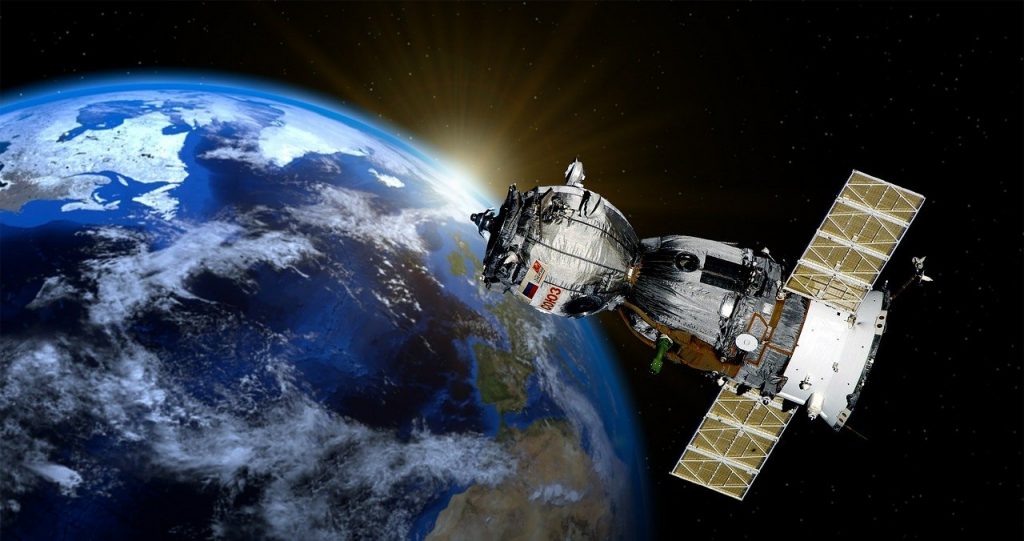
The first satellite was put into space in 1957. This first satellite, the Sputnik, and many others after that, have the ability to send and receive television signals from the earth. Due to this capability cable television was born.
Intrigued by television and the satellites that helped in relaying the television signals, a man named Dr. H. Taylor Howard, decided to do some experimenting of his very own. He went out and bought a small satellite receiver dish, an antenna and receiver unit, and went about putting together his own little system for receiving TV signals. He set up all the apparatus and was very pleased to discover that his personal satellite dish was also capable of receiving signals of various programs and channels. Thus was invented the first ever satellite television.
Setting Up Your Satellite Television
Anyone can have their own satellite television system, provided you have the following equipment required to set up the system.
1) Satellite Dish
A parabolic reflector, that is the satellite dish, is the first thing that you need for satellite TV. A dish usually comes in three sizes. The 3-4 feet KU band dish, the 7-10 feet regular satellite dish, and the 16-20 feet C band commercial dish. For home use, a dish that is 9-10 feet is the optimum size.
2) Actuator
An actuator is a motor device that is attached to the dish and enables it to move sideways and up and down. Without an actuator, your dish would be focused on just one spot and thus would be able to receive signals from satellites only in that region. With an actuator, you can swing the dish horizontally as well as vertically, so as to pick up signals from various satellites.
3) The Dish Mount
This apparatus is required to mount the satellite dish. A pipe is fixed to the ground, on which the mount is fixed, and the mount is where the dish finally sits. A Polar Mount is the preferred type of mount for satellite dishes.
4) LNB
Also known as the Low Noise Block converter, the job of the LNB is to amplify the signals received by the dish and also alter them into compatible bands of frequency.
5) The Receiver Unit
This is the machinery that transfers the signals from the LNB and supplies it to your television set, thus enabling you to receive satellite Television.
Apart from all the above, various cables and wires are required to join and put together the different equipment of satellite TV. Once you have the necessary apparatus, and you set it up properly, you can enjoy unlimited satellite television coverage.